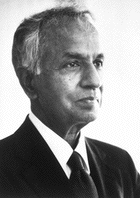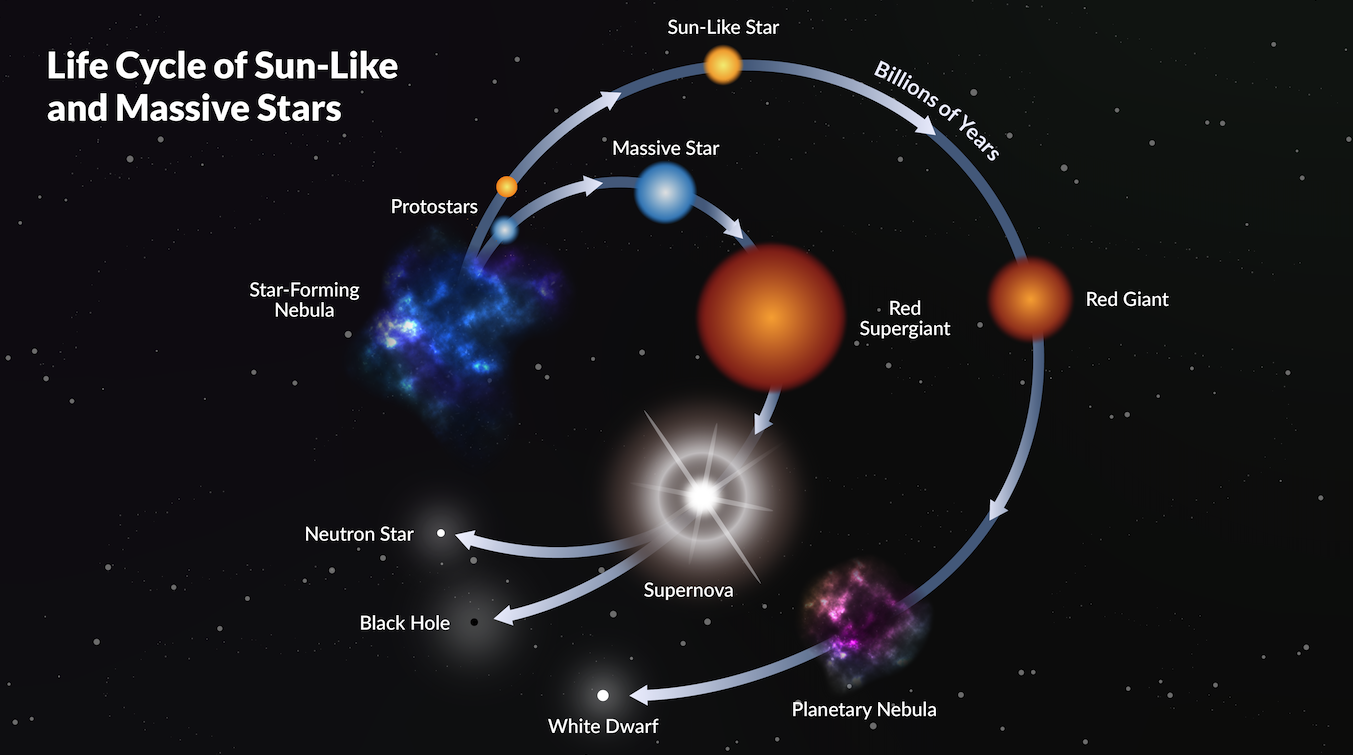
For a significant portion of history, it was widely believed that all stars would end up as white dwarfs. One of the earliest challenges to this belief came from the Indian-American theoretical physicist Subrahmanyan Chandrasekhar in the 1930s. His discovery of a mass point at which a star would instead collapse into an extremely dense alternative body rewrote our understanding of stellar evolution.
Chandrasekhar’s Educational Journey
Chandrasekhar was born on October 19, 1910, in Lahore, Punjab, British India (modern day Pakistan). His father was the Deputy Auditor General of the Northwestern Railways, and his mother was a translator. She encouraged her son to pursue a career as a scientist, and he was tutored at home before joining the Hindu High School, Triplicane, Madras, in 1922. Between 1925 and 1930, he studied at Presidency College, Madras, where he earned his bachelors degree in physics. Chandrasekhar was later awarded a Government of India scholarship to pursue his studies in the United Kingdom at the University of Cambridge, where he was admitted to Trinity College.

Subrahmanyan Chandrasekhar. Photo in the public domain; created solely by NASA.
On his journey to the United Kingdom, Chandrasekhar first wrote on the existence of an alternative end stage for stars over a certain mass. According to his calculations, dying stars that are unable to shed enough of their mass are subject to greater gravitational collapse and will form an incomprehensibly or even infinitely dense remnant instead (what are now called a neutron star and black hole, respectively). This hypothesis expanded on the work of other scientists including British physicist and astronomer Ralph Fowler, the soon-to-be PhD advisor to Chandrasekhar. The Chandrasekhar limit, as it would become known, opened the door to our awareness of the existence of black holes and quickly sparked controversy, especially from one notable scientist.

A schematic of the life cycle of stars.
During his postdoctoral research fellowship at Trinity College, Chandrasekhar became acquainted with Sir Arthur Eddington, an English astronomer, physicist, and mathematician. In what became a pivotal moment in Chandrasekhar’s life, Eddington publicly ridiculed the idea of the Chandrasekhar limit. Eddington had firmly believed that all stars would radiate and contract until they stabilized as white dwarfs. He made his attempt to refute the limit immediately after Chandrasekhar’s presentation at the Royal Astronomical Society in 1935. This rebuke contributed to Chandrasekhar’s desire to look outside the United Kingdom for employment. In December 1936, he took a job at the University of Chicago’s Yerkes Observatory in Williams Bay, Wisconsin, as a professor of theoretical astrophysics. He remained there for the rest of his decades-long career, making full professor at the age of 33.
Chandrasekhar’s Studies and Legacy
Chandrasekhar pursued numerous fields of study throughout his career, including:
- Stellar structure (1929–’39)
- Stellar dynamics (1939–’43)
- Radiative transfer (1943–’50)
- Hydrodynamic and hydromagnetic stability (1950–’61)
- Figures of equilibrium (1961–’70)
- Mathematical theory of black holes (1971–’83)
- Theory of colliding gravitational waves (late 1980s)
While most recognize Chandrasekhar for his contributions to the contemporary understanding of stellar structure, stellar dynamics, and white dwarfs, he also left a mark on many other fields, including the studies of turbulence, general relativity, stochastic processes, and radiative transfer. In these areas, there are numerous functions, methods, and equations that bear his name.
Chandrasekhar worked closely with students over his career and frequently coauthored pieces with them. Notable among these were Tsung-Dao Lee and Chen-Ning Yang, who won the Nobel Prize in Physics in 1957 for their work on the violation of the parity law in weak interaction. Chandrasekhar would be recognized with his own Nobel Prize in Physics in 1983: The Nobel Prize committee recognized his “theoretical studies on the physical processes important to the structure and evolution of stars”, and he shared this honor with William A. Fowler. The Nobel Prize stands as Chandrasekhar’s most prestigious professional accolade and the culmination of a successful research career.
On the anniversary of Chandrasekhar’s birth, let’s look to the stars and wish him a happy birthday!
Further Reading
Explore the work and lives of these scientists who made an impact in similar fields:
- Pierre-Simon Laplace, a French physicist best known for demonstrating the stability of our solar system
- Friedrich Wilhelm Bessel, a German mathematician, physicist, and astronomer who brought the field of astronomy to a new level of precision and accuracy



Comments (0)